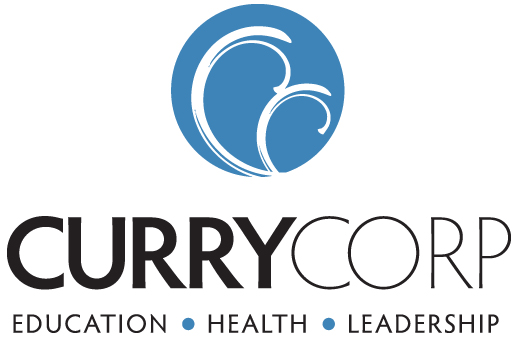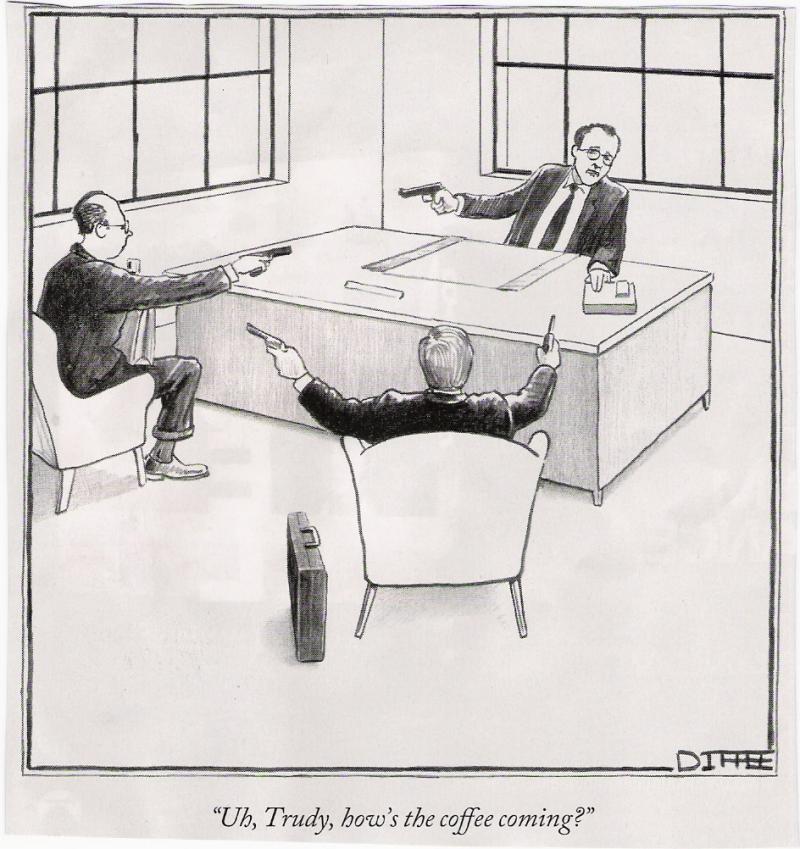
Organizations can get into a defensive position if they don't understand the changing needs and expectations of their members, stakeholders and customers.
That defensiveness can be perceived as organizational disinterest, oversight or aggression. All deadly for leaders and the organization.
We can help you develop ongoing mechanisms to monitor key elements of your organizational context so that you are not surprised and scrambling from one crisis to the next.
These analyses include market position and opportunities, classic SWOT elements and strategic decision possibilities.
From this modeling we can then derive goals, specific objectives, appropriate structure, identify needed human and technical resources, create output and impact definitions.
We will also advise on strategic implementation to maximize goal achievement, efficiency and effectiveness.
Before organizational operations can be efficient or effective, there must be a clear, functional, predictable pattern of decision-making authority and follow up action.
Functional governance is clear from the board all the way through the organization to the stakeholders.
This analysis assesses clarity, function and support for governance structures and operations within an organization.
Remediation prescriptions, consultation and implementation support follow from that analysis.

WHO'S ON FIRST?
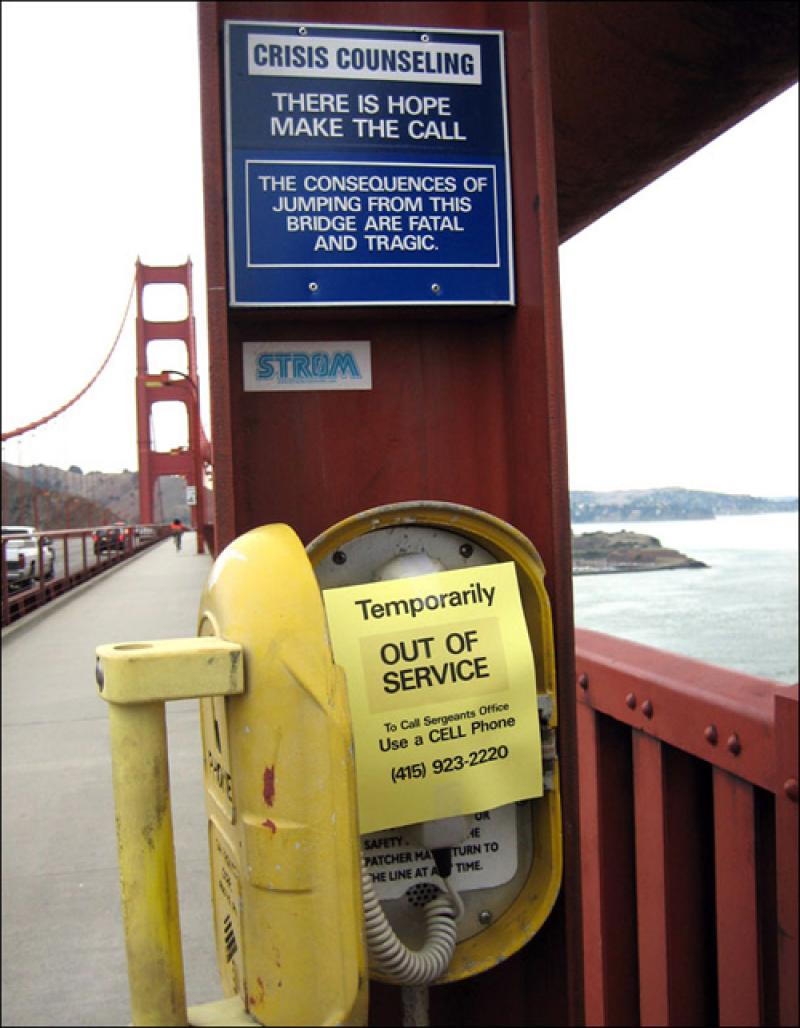
Does everyone understand the organization's concrete, measurable goals & objectives?
Does everyone know how well the organization is meeting those goals?
Do you have the right skill sets among staff?
If you are outsourcing for needed skills, why, and are you getting best value?
Are all staff optimally deployed to critical tasks?
Does each individual staff member understand specifically how their role contributes to the organization’s success?
If a role isn't critical to success, why is it staffed?
Are you individually and collectively productive? How do you know that? Against what benchmarks?
Are you efficient? How do you know? What are the relevant metrics?
Are your customers, members, stakeholders thrilled? Happy? Tolerating you? Looking for an exit or alternative?
Are you adequately resourced? Do you have appropriate reserve funding?
Are your supportive technologies optimized? Are they protected?
Are your products and services leading the market? What do you have in the developmental pipeline? Where will those new products and services position the organization?
Are you ready to capitalize on new market share?
Collect and integrate context information
Identify pivotal issues
Develop workable agreements about how to proceed
Plan appropriate strategy and tactics
Introduce and sustain change
Monitor results
Adjust strategy and tactics as necessary.
Organizational development processes can focus on:
- futures (assure relevance)
- strategic choice (improve effectiveness)
- operations (improve efficiency)
- implementation (achieve chosen goals).
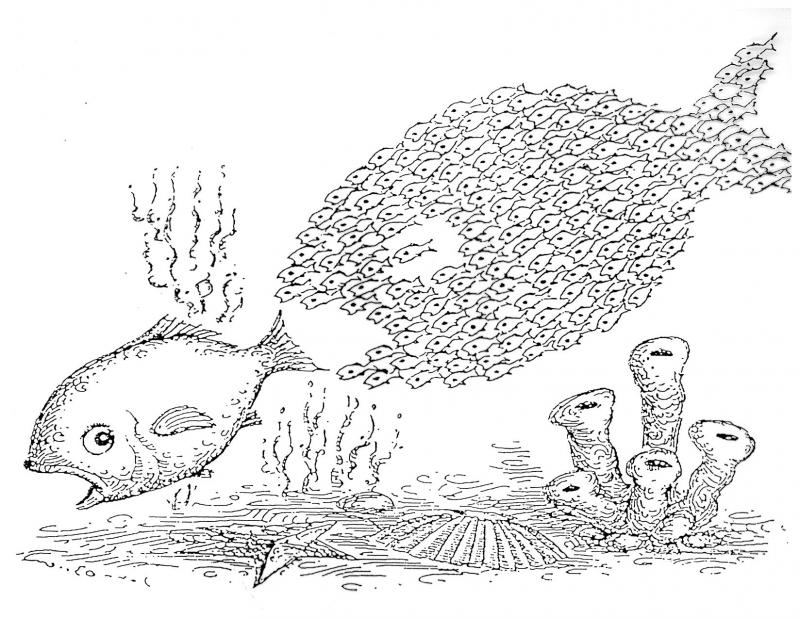

You may have a 'star' or a 'star in the rough' on your team. Or maybe just a misfit.
What are your opportunities and responsibilities as a leader in these situations?
We can help you examine each individual team member for contribution in context.
This entails analysis of responsibility spans, authority, influence and control as matched by individual skill sets, aspirations, current and preferred lines of communication.
These features are examined for fit within the organizational unit and contribution to organizational goals.
The analytic process can be repeated with each subsuming organizational level until the alignments within the entire organization are made explicit and available for improvement considerations.
These analyses are the core of effective performance review and the basis of a personalized developmental plans to assist individuals, their supervisors, their mentors and the organization.
Our public, professional and organizational continuing education and development systems are not optimized. These efforts are generally undifferentiated, resource expensive, fragmented, outdated, static and produce results not well suited to placement demands.
There are several reasons for this disconnect. Adequately identifying desired competence is the first hurdle. Specificity matters as does the validity of evidence indicating needed adjustments. Mechanisms must be in place to monitor change in required competence over time and application variance. We then need effective intercommunication with educative and support functions in real time.
Our shared objective must be to identify and support competencies required to perform necessary tasks in ongoing or new jobs, present and anticipated placements, current and follow-up developmental stages.
We offer data collection systems at individual or unit levels to establish competence needs, current and future best practice, and then translate that demand into competency definitions (knowledge, skills, attitudes, performance metrics and outcomes).
Using that established evidence base we can help assess current competence and specify individualized educational goals, objectives for skills mastery, instructional methods, supports and continuing competency assessment strategies.
The system can be integrated into existing HR development platforms and training programs. This analysis will point out missing links, discrepancies and contradictions within training programs and across the organization's personnel and competency support functions.
.

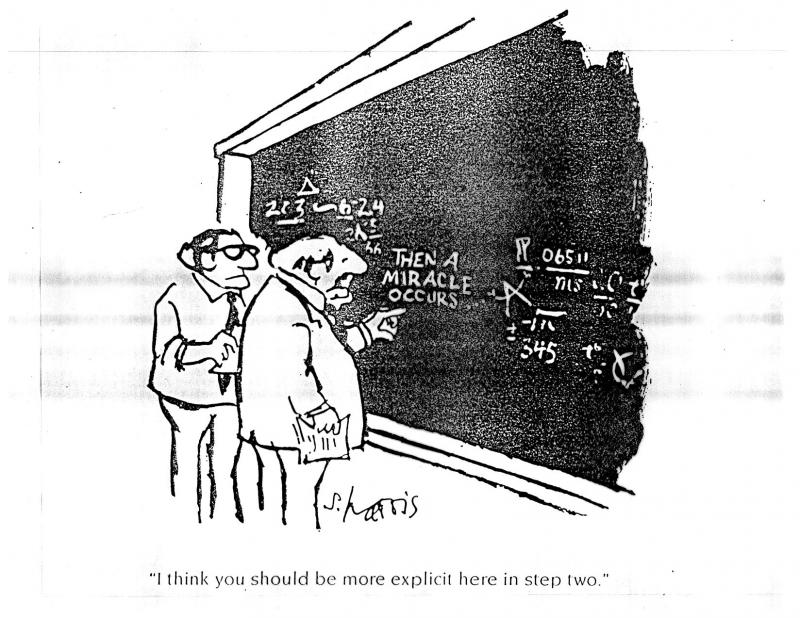
Ignoring potential competence gaps in knowledge, skills or attitudes leads to ill-informed and hesitant decisions and actions. Some of these will be dangerous; all will be devastating to self-esteem and confidence at personal and organizational levels.
Expecting staff, board, stakeholders or students to recognize and fill the gaps on their own is wishful thinking. Existing training programs will quickly become outdated as change continues in the workplace. Textbooks and orientation manuals describe former conditions and likely outdated practices.
Board and staff members need more than the organization chart and standard on-boarding to get up to speed. Even experienced people moving into new positions will need new skills, new knowledge and maybe some attitude adjustment.
Incoming board chairs, new department heads, most supervisors and all volunteer leaders will benefit from coaching focused on their new responsibilities. New CEO's and ED's are in particular need of outside coaching and mentoring.
We can help get you and your team ready for present and future challenges and keep you ahead of the edge that cuts.
Foresight is a collection of evidence-based methods to help individuals and organizations identify likely, possible and preferred futures.
Developing foresight literacy and correctly deploying these methodologies are requirements for continued organizational success over time.
Similar to how engineers use wind tunnels to model aerodynamic effects, foresight models predict organizational behaviour and outcomes under a range of likely future variations.
Foresight allows identification of change pivot points with early warnings of confirming or disconfirming evidence.
Foresight is required:
1. When the purpose is to improve organizational relevance.
2. When trend extension and current opinion convergence are likely to be wrong.
3. When managers are required to think from the "outside-in" as is required in times of structural and transformational change.
4. When support is needed from stakeholders with different perspectives/ agendas/ values/ cultures.
5. When creating an organizational vision for 10+ years out.
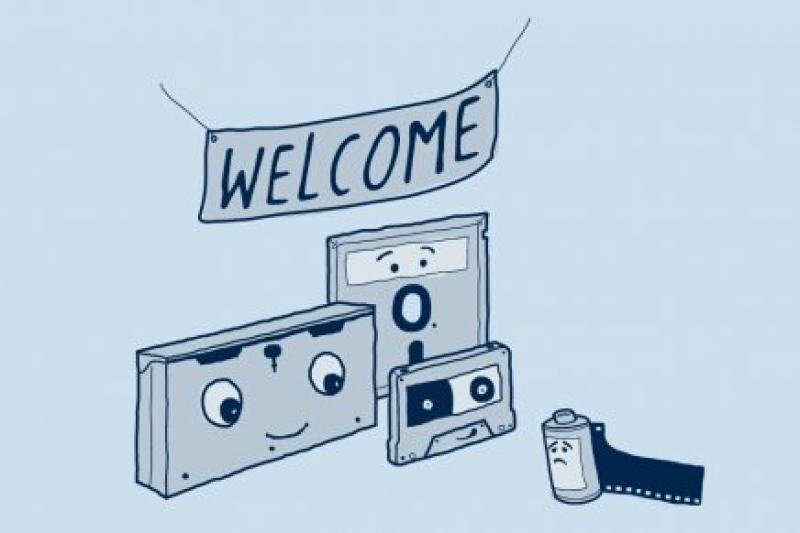
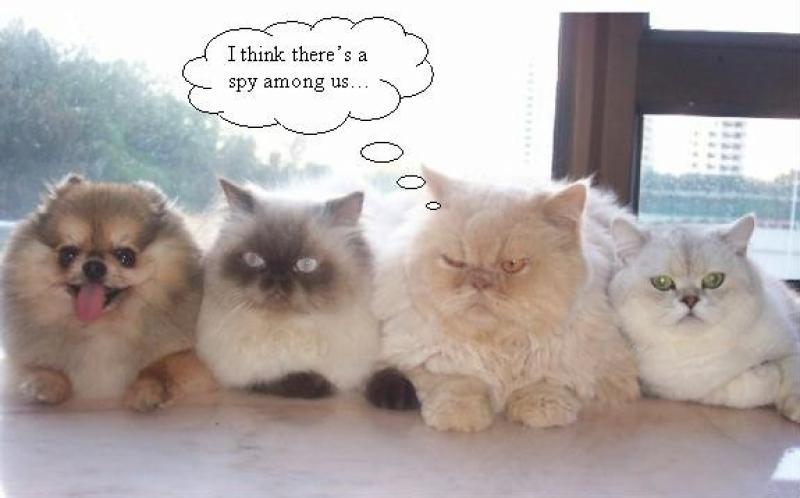
Diversity is valuable if the leader knows how to maximize the value of the heterogeneity.
A board, staff or stakeholders that never, or cannot offer alternative views are not serving the organization well. Homogeneous group-think is narrow by definition and very likely wrong. Silence is not an option. That allows passion, or at least noise, to overrule evidence, either for or against any idea.
Diversity and dissent must be sought and used effectively to strengthen decisions. But many leaders don't have the skills to create, nurture and optimize diversity. Leaders should also seek out, acknowledge and protect dissidents to keep them contributing. .
Facilitated deliberative inquiry (FDI) is a structured method to elicit and utilize diverging points of view.
FDI is useful for any practical problem involving fundamental choices, multiple viewpoints, policy formulation and action required in complex situations in which values and belief systems play an important role.
This approach is particularly helpful when stakeholder consultation is taken seriously. As it should be, always.
If you are lucky, you are orchestrating changes within a planned project with a reasonable budget and time frame that enjoys wide stakeholder support. In these circumstances managing change is more like making effectiveness adjustments to ensure the change project remains on schedule, within budget, with optimized quality.
More likely however, the change required is urgent, unfunded, not that clear, not everyone wants the change, understands the change or is committed to the personal behaviour modification required. Managing this more common change pattern is like doing a jigsaw puzzle, in a snowstorm, at night, when you don't have all the pieces or even the picture on the front cover of the box!
We can help organizations understand and manage conditions and factors that make change easier or even possible.
Adjustments are required for the type of change desired, its complexity, and how well the change is planned or managed but also a range of context factors important to a successful change. These include the support of the board, senior staff, organizational culture, the number of other changes competing for attention, and the full range of surrounding political and economic environmental factors. All these interacting facets help or hinder the most carefully planned and competently managed local change.
Change facilitation includes board and staff development, alternative futures definition, choice making and planning supports. Monitoring, coaching and conflict resolution are supplied to assist change implementation.

